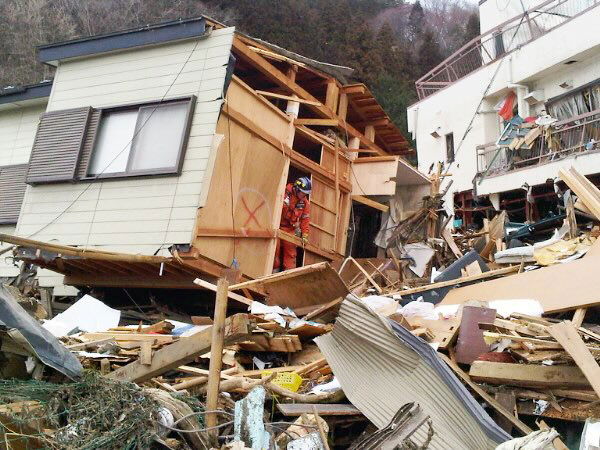Cataclysmic seismic events, such as earthquakes and volcanic eruptions, may be triggered by water, according to researchers in a new paper published in Communications Earth & Environment, highlighting the importance of a long-neglected factor in these events.
The new work highlights how even heavy rainfall can trigger such disasters, providing essential new information for refining models of seismic activity, which can also benefit the production of renewable energy. Real-world applications for the research include improved prediction accuracy and identifying optimal drilling sites for extracting geothermal energy.
Improving Predictions
Present research has struggled to devise accurate predictions for earthquakes and volcanic eruptions at useful timescales for providing adequate warnings. Continuing to revise the underlying models of such activity, however, provides scientists with a push towards improved predictions. The new work identifies water as having a significantly more impactful effect on seismic activity than previously believed.
“Our latest paper using advanced seismic imaging shows, for the first time, how deep volcanic fluids, such as water, in their high-pressure supercritical state, can become trapped, migrate and undergo phase changes that influence earthquakes,” said lead author Professor Takeshi Tsuji from the Graduate School of Engineering at the University of Tokyo.
Tsuji’s team utilized machine learning to produce detailed maps of earthquake distributions and mechanisms. Machine learning algorithms also enabled the researchers to gain a clearer understanding of the brittle-ductile transition zone, where seismically active rock transitions to more generally stable rock.
Supercritical Fluids
Acting like a gas in some ways and like a liquid in others, supercritical fluids play a crucial role in helping scientists understand seismic activity. Produced when liquids undergo extreme temperatures and pressures, these substances combine the flow of a gas with the heat storage of a liquid. Such easy flow allows supercritical fluids to pass through multiple media, including those that undergo a range of different conditions, from highly fractured to tightly sealed locations.
When the fluids enter these areas that would typically be difficult for liquids to reach, they carry with them heat energy that impacts how the magma beneath acts. As an example, even factors like rain present on the ground surface can impact these supercritical fluids.
“When heavy rain falls, the groundwater level rises, increasing pressure in cracks and faults deep below,” Tsuji explains. “If those faults are already close to breaking, this added pressure can trigger earthquakes. In volcanic areas, where the crust is weakened by high-pressure fluids, this effect can be especially strong.”
“Our study clearly showed a correlation between rainfall and seismicity. By imaging magma and understanding how pressure builds up underground, we may improve how we look for early warning signs of eruptions,” Tsuji says.
Renewable Energy
Thinking locally, the University of Tokyo researchers involved in the project highlight the potential of their work to harness Japan’s untapped geothermal energy. The untapped energy source could be accessed simply by identifying high-quality drilling targets filled with supercritical water. Even in this research, the team located reservoirs, fluid pathways, and fractures.
“Underground supercritical water contains vast thermal energy, making it an incredibly promising renewable resource in the future. Importantly, because it is drawn from deep reservoirs, it does not interfere with surface hot spring systems, a major concern for geothermal power in Japan,” said Tsuji.
For now, the team still reports that some technical obstacles remain. The pressure and depth at which supercritical fluids exist will require significant adaptations to current drilling technology.
“Even though we can now locate supercritical fluids and their reservoirs, we still need to develop safe and efficient designs for wells to make this energy resource practical,” Tsuji concludes.
The team’s work demonstrates the many avenues that a single discovery can take, from early warnings to renewable energy. With continued refinement, Japan’s scientists may be able to ease two of their nation’s top concerns: natural disaster preparedness and providing clean, safe energy.
The paper, “Supercritical Fluid Flow Through Permeable Window and Phase Transitions at Volcanic Brittle–Ductile Transition Zone,” appeared in Communications Earth & Environment on September 24, 2025.
Ryan Whalen covers science and technology for The Debrief. He holds an MA in History and a Master of Library and Information Science with a certificate in Data Science. He can be contacted at ryan@thedebrief.org, and follow him on Twitter @mdntwvlf.


